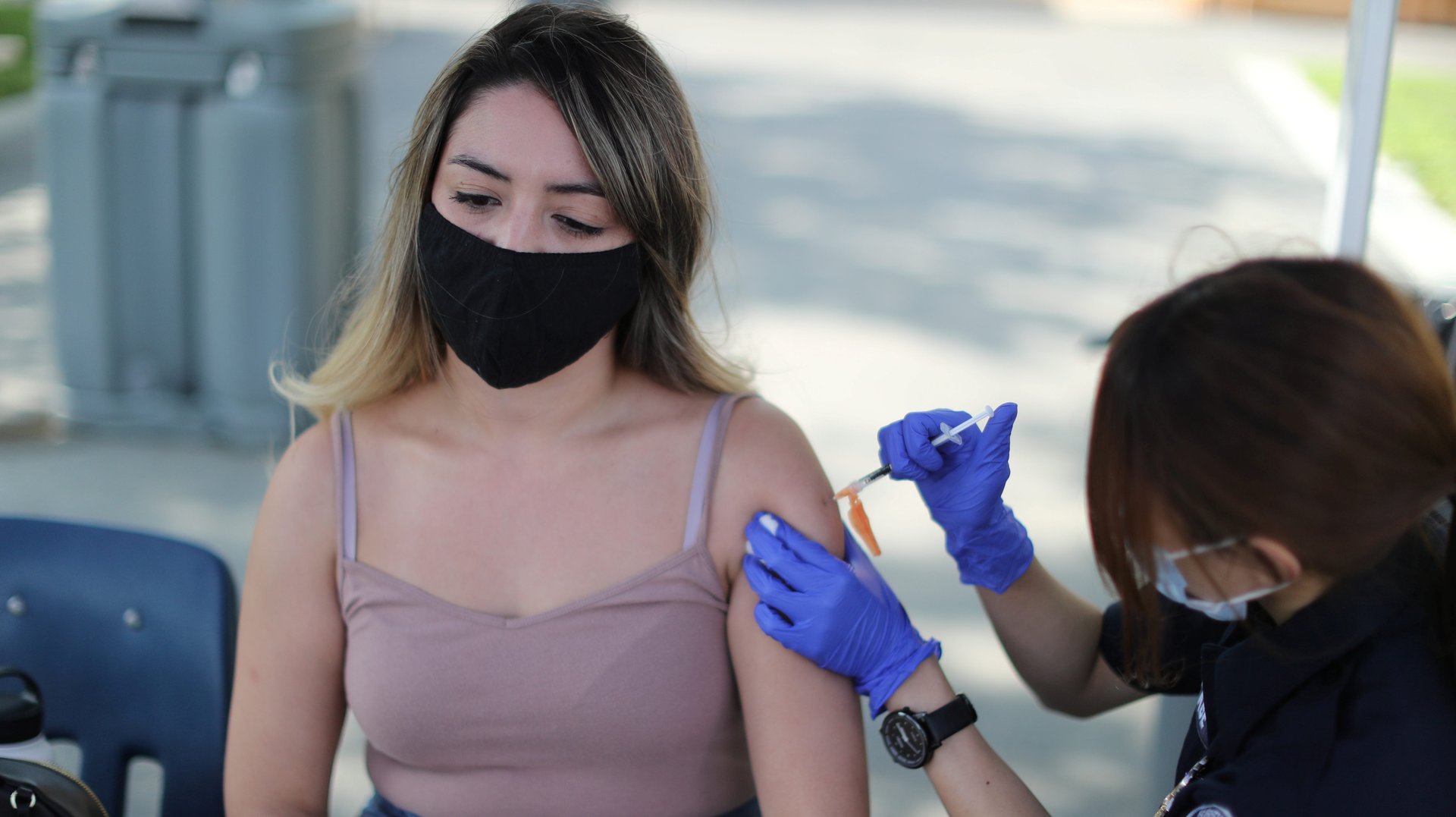Biden is preparing to direct private employers to require Covid-19 vaccinations
In September, US president Joe Biden announced a multi-step offensive in the ongoing battle to control Covid-19, promising vaccine mandates both for federal workers and at private employers.


In September, US president Joe Biden announced a multi-step offensive in the ongoing battle to control Covid-19, promising vaccine mandates both for federal workers and at private employers.
Biden signed executive orders requiring federal workers (and contractors working for the federal administration) to be vaccinated within 75 days or risk losing their jobs, with “limited exceptions” made for people who qualify for medical and religious exemptions.
In an even more consequential move, the White House instructed the US Department of Labor’s Occupational Safety and Health Administration (OSHA) to direct private businesses with more than 100 employees to require either Covid-19 vaccination or weekly testing.
OSHA released the text for the new emergency temporary standard (ETS) on Nov. 4. Here are the key takeaways:
- The new rule takes effect Jan. 4. By that day, employees must be fully vaccinated or face weekly testing. Anyone who tests positive must leave the workplace immediately.
- Unvaccinated workers who choose to get tested weekly must wear masks on the job at all times.
- The ETS will not apply to remote workers or people who work outdoors exclusively.
- Employers will be required to give workers paid time off to get vaccinated and to recover from any side effects, though they can put the cost of weekly testing onto employees.
- Workers can apply for religious or medical exemptions.
- Workplaces must begin offering time off for vaccination and start enforcing mask rules beginning Dec. 5.
- Businesses that don’t comply with the new rules reportedly could face fines up to nearly $14,000 per violation.
You can find the full text of the new rules here (pdf).
Employee vaccine mandates will have a major impact
As it became clear in July how easily the Covid-19 Delta variant spread between people, major US companies felt compelled to join efforts to nudge the unvaccinated toward getting a shot. Employers like Walmart, Disney, Google, Facebook, and Netflix embraced vaccination mandates for all or most of their staff who planned to work in person.
But while large employers enacting vaccine mandates received plenty of attention, as Quartz noted in early August, their impact was never likely to lead to vast upticks in vaccination. That’s because of the 330 million people who make up the total US population, only 58% are employed, according to the US Bureau of Labor Statistics. And according to 2018 data from the US Small Business Administration, only 54% of working adults in the private sector clocked in at large employers (those with more than 500 people on the payroll).
So even if all large employers had required vaccination, which they hadn’t, another 46% percent of the private-sector workforce, or 61 million working people, would not have been impacted.
OSHA’s new rule, on the other hand, does not rely on the gestures of a few influential companies. It will directly impact an estimated 88 million people, accounting for more than a quarter of the total US population and two-thirds of working Americans.
To cover even more Americans, the government may still want to expand the new rules further to include the country’s smallest businesses. Even without that extension, however, the new law—while sure to be contentious—should give smaller employers the political cover they need to design their own vaccination mandates, if they haven’t done so already.